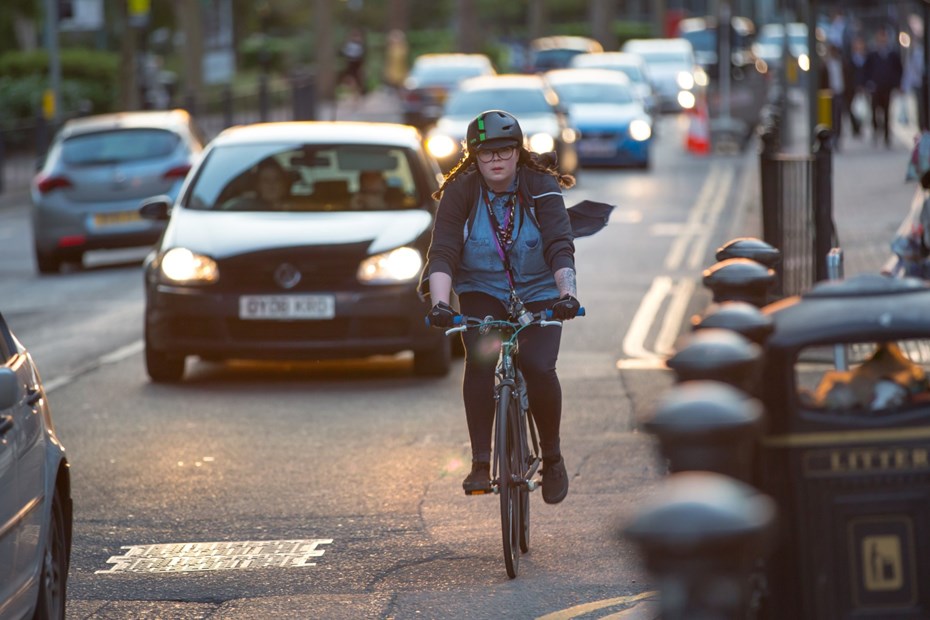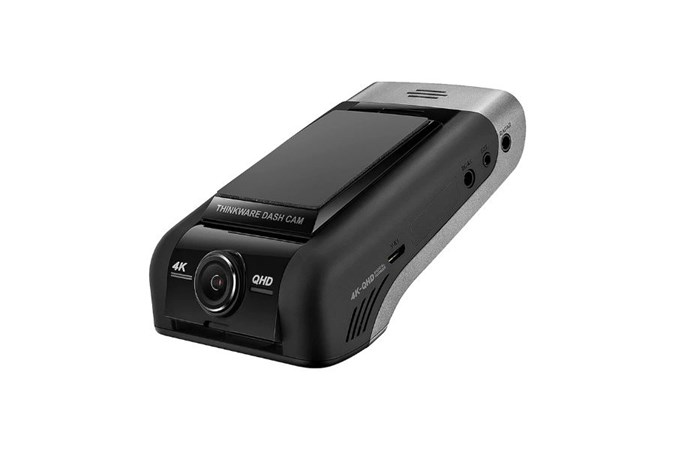It’s often not entirely clear what the best course of action is when you need to pass a cyclist on the road. Especially when the road is narrow or busy, or if you happen upon a huge peloton out in the countryside. But there are clear guidelines to follow when driving near cyclists.
Those guidelines are laid out in the Highway Code, but they’re not illustrated to help you understand how to apply them. So that’s what we’re going to do here – consider some real-world scenarios that will help you better understand what’s required of you, as a driver, in different
What the Highway Code says about sharing the road with cyclists
Here, in full, is what the Highway Code says about passing cyclists on the road: ‘Give cyclists at least as much room as you would when overtaking a car. Drivers should take extra care and give more space when overtaking cyclists in bad weather (including high winds) and at night. If the rider looks over their shoulder, it could mean that they intend to pull out, turn right, or change direction. Give them time and space to do so.’
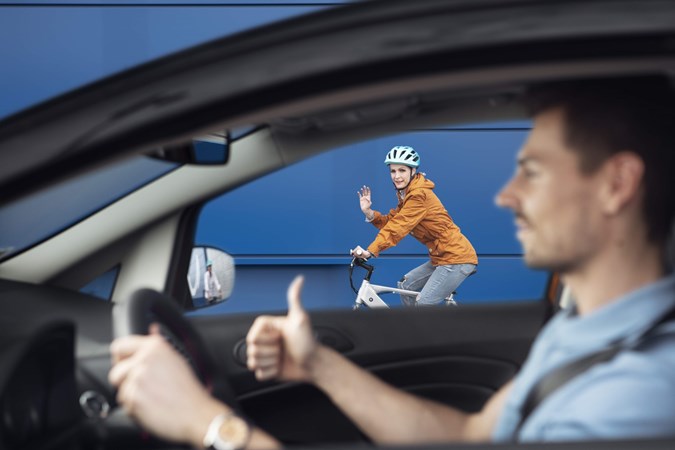
More precise advice is also given: ‘Leave at least 1.5 metres when overtaking cyclists at speeds of up to 30mph and give them more space when overtaking at higher speeds.’ If you’re struggling to picture what 1.5 metres looks like, think of it this way: you need to give the cyclist enough space such that you won’t hit them if they swerve or fall off. Get at least a car length beyond them before you move back to the left, as well. Similar advice is given for passing horses.
Now, let’s go over some scenarios to consider how you apply that guidance, and how to deal with other interactions you may have with cyclists.
Passing the cycling club peloton
You’re driving along a country road and come up behind a peloton of 20 or more cyclists, spread out over a distance similar to the length of an articulated lorry and taking up the width of the lane. The road is narrow and has lots of bends, the peloton is moving at about 25mph.
In this instance, you need quite a lot of space to get past, so wait until there’s a long straight with a good view before committing to an overtake. It can be frustrating if you’re stuck behind them for some time, but waiting will keep you and the cyclists safe.
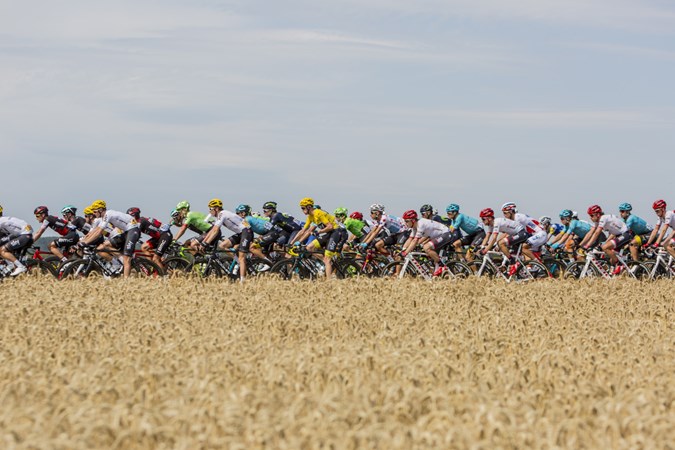
Only try to pass a peloton in chunks if it’s spread out and they are big gaps to move into to. Don’t expect the riders to open up a bigger gap and don’t force them to, either. They may wave you past, but don’t go if you’re not convinced.
Squeezing through before a traffic island
It can be tempting to pass a cyclist a short distance before an obstacle in the road, such as a traffic island. But it’s easy to misjudge how much space there is and end up cutting the cyclist off. That’s always to be avoided because you may cause them to lose control and fall off.
Similarly, you shouldn’t pass a cyclist then turn into a junction on the left shortly after. You may cause them to swerve around your car or brake heavily, both of which could be dangerous.
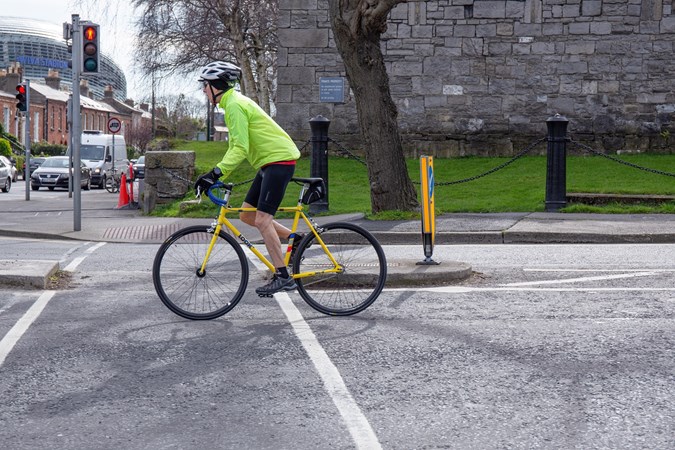
City centre traffic lights
Cyclists are, of course, most prevalent in cities where you’re most likely to interact with them at traffic lights. Many have a box for cyclists to stop in ahead of traffic – it’s an offence for a vehicle to stop in that box.
Keep a close eye on your mirrors whilst waiting at and moving away from traffic lights, and when turning into a junction. Even a slow-moving cyclist can suddenly in appear in your mirror and you need to see them before they reach you. A large number of incidents between drivers and cyclists occur when the driver failed to see a cyclist coming up on their left-hand side.
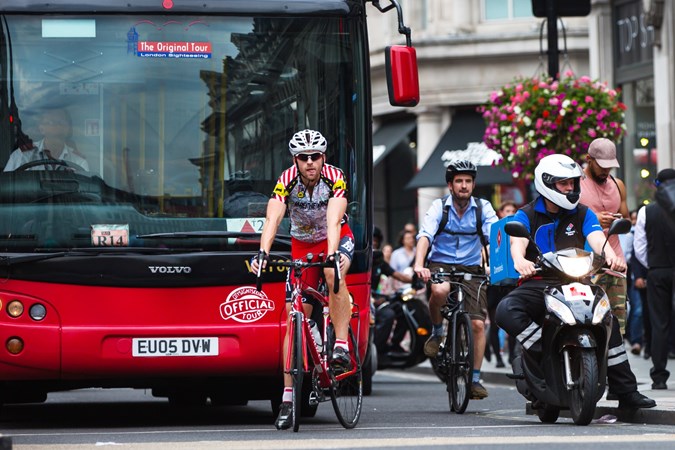
Cycle lanes are just that
It’s an offence for drivers to occupy a segregated cycle lane, whether they’re moving or stationary. You don’t even need to be taking up the whole lane to commit an offence. Don’t let passengers out next to a cycle lane, either – a cyclist crashing into them is a real possibility.
Incidentally, you don’t need to give a cyclist in a cycle lane more space when you pass – they are obligated to stay in that lane. However, it’s courteous to do so if possible. And keep an eye out for puddles or potholes in the cycle lane that may cause them to veer in front of you.
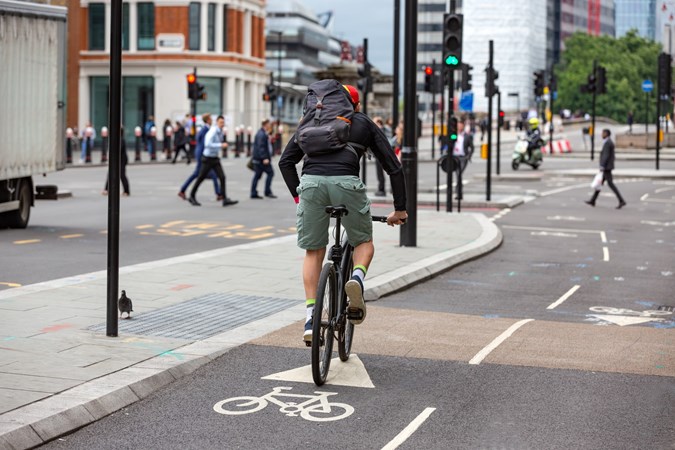
Cyclists coming out of a junction
Many incidents between drivers and cyclists occur at junctions and roundabouts. Specifically, when the cyclist moves away from stationary, and an oncoming driver misjudges their relative speed. The driver gets to the cyclist before they’re fully out of the way, almost causing an accident.
You could argue about whether or not the cyclist should have waited for a bigger gap, but a driver should always slow down if they see a cyclist – or any other vulnerable road user – crossing their path.
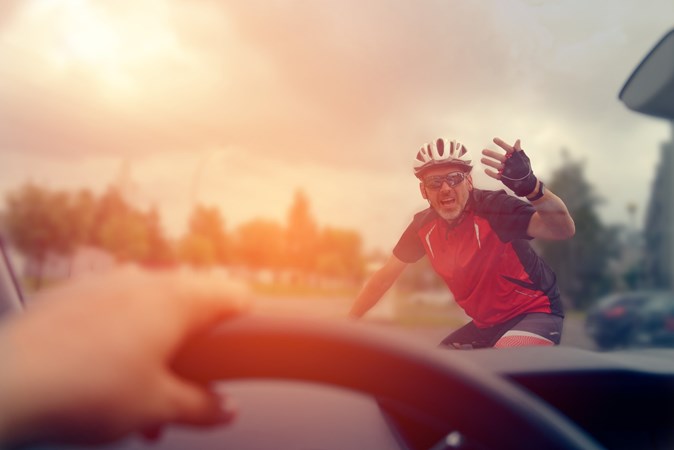
Always expect the unexpected
The relationship between drivers and cyclists is often contentious. We’re not going to get into the rights and wrongs of either group’s behaviour here, but drivers must always expect the unexpected whenever they interact with a cyclist – and other types of vulnerable road user such as pedestrians and horse riders.
The UK’s current driving laws place a responsibility on drivers to ensure the safety of vulnerable road users. If anything goes wrong, it’ll often be assumed the driver failed in that responsibility. It’s particularly important to be vigilant at night and in bad weather because cyclists are less visible, and never assume that a cyclist has seen or heard you coming.
If any incidents do occur, it’s helpful to have a record what exactly what happened.
Parkers' top recommended dashcam
Read our full Thinkware U1000 review here
Pros
- Links to an excellent app
- Very high-quality footage
Cons
- It's not cheap
Just so you know, we may receive a commission or other compensation from the links on this website - read why you should trust us.


